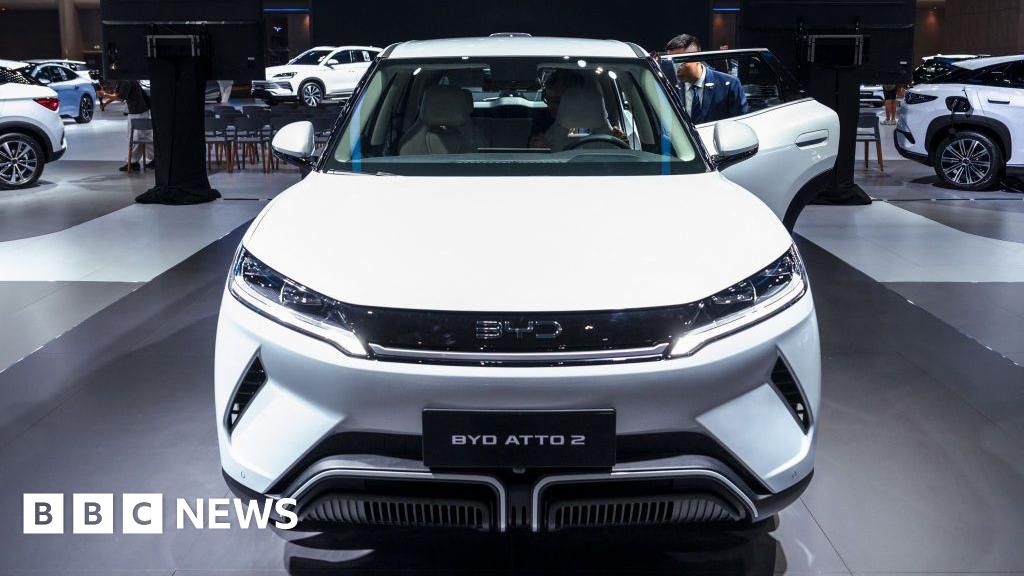
BYD’s Electrifying Ascent: Outpacing Tesla in the EV Race
The electric vehicle (EV) market is a whirlwind of innovation, competition, and rapid growth. While Tesla has long held the spotlight as the leading EV brand globally, a new player is making significant waves, challenging the established order and rewriting the narrative of EV dominance. BYD, the Shenzhen-based Chinese automotive giant, has announced its 2024 financial results, revealing a remarkable surge in revenue that surpasses even that of Tesla, the industry’s former undisputed king.
BYD’s stunning success stems from a multi-pronged strategy that skillfully navigates the complexities of the global EV market. Unlike Tesla’s focus primarily on fully electric vehicles, BYD has intelligently diversified its portfolio to include a robust range of hybrid electric vehicles (HEVs). This strategic move has proved remarkably effective, allowing them to tap into a broader consumer base and capitalize on various market segments. Many consumers remain hesitant to fully commit to EVs due to range anxiety and charging infrastructure limitations; BYD’s hybrids offer a compelling bridge between traditional combustion engines and all-electric powertrains, addressing these concerns and attracting a wider customer base.
The company’s impressive 29% revenue increase in 2024, reaching a staggering $107 billion, is a testament to this strategic approach. This remarkable growth signifies not just a financial victory but also a powerful statement about the changing dynamics of the global EV landscape. It signals a shift in consumer preference and a recognition of BYD’s ability to deliver high-quality, technologically advanced, and affordable EVs and hybrids.
Beyond its diverse product line, BYD’s success can be attributed to its vertically integrated business model. By controlling various aspects of the EV production process, from battery production to vehicle assembly, BYD achieves significant cost efficiencies and gains a competitive advantage. This control over the supply chain ensures consistent quality, minimizes reliance on external suppliers, and offers greater flexibility in responding to market demands. This vertical integration is a key differentiator, particularly in the face of global supply chain disruptions that have plagued the automotive industry in recent years.
Furthermore, BYD’s aggressive expansion into international markets has played a crucial role in its remarkable growth. The company is actively establishing a global presence, penetrating key markets and building brand recognition beyond its home country. This expansion strategy, coupled with its competitive pricing and innovative technology, positions BYD for continued success on the global stage.
The implications of BYD’s triumph are far-reaching. It underscores the growing influence of Chinese companies in the global automotive industry and challenges the previously held notion of Tesla’s unassailable dominance. It also highlights the importance of adaptable strategies, diversified product offerings, and robust supply chain management in navigating the fiercely competitive EV market.
Looking ahead, the competition between BYD and Tesla is poised to intensify. Both companies are pushing the boundaries of innovation, investing heavily in research and development, and striving to refine their technologies and enhance their consumer offerings. While Tesla remains a formidable competitor, BYD’s recent achievements demonstrate its strong potential to continue its upward trajectory and solidify its position as a major player in the global EV revolution. The race is far from over, but BYD has undoubtedly emerged as a significant contender, forcing a recalibration of expectations and reshaping the future of the electric vehicle market.



Leave a Reply